Last Updated on March 24, 2023 by Mary Pressler
5 Dangerous Electrical Tasks You Should Never Do On Your Own
DIY electrical work can be very dangerous, unless you are a professionally trained electrician. When manipulating a residential wiring system, you expose yourself to electric shock and fatal injuries. Even if there are no accidents during the wiring procedure, amateur installations increase the risk of fire.
- Each year, electrical faults cause 1,000 deaths and 30,000 non-lethal electrocutions in the US, according to a study published in the National Library of Medicine.
- Electrical faults cause 51,000 home fires per year, according to the Electrical Safety Foundation International (ESFI).
If your home is damaged by an electrical fire and there is evidence of an unprofessional installation, your insurance company will most likely deny coverage. Also, if you plan to move in the near future, DIY electrical work can make your home harder to sell. Potential buyers will want a professional inspection, and you will be forced to fix any installations that don’t meet electrical codes (even if there has never been an accident).
In general, you should avoid all electrical work unless you’re a licensed electrician. The following are some electrical tasks that are especially dangerous if attempted as DIY projects.
1) Work involving electrical panels and service connections
Your electrical panel is connected directly to the local grid, and the main service connection can deliver a much higher current than a typical wall outlet. Since your electrical panel distributes electricity to all circuits in your home, it has both 120V and 240V terminals.
All types of electrical work are risky when you lack adequate training, but manipulating the electrical panel and service connection can be particularly dangerous. You should never attempt modifications, repairs or panel replacements on your own.
2) Rewiring your home during a renovation
Home renovations often involve electrical modifications, such as changing the position of wall outlets and lighting fixtures. However, a DIY rewiring process can greatly increase the risk of electrical faults and fire.
Since the electrical installation is not energized during a renovation, you can create short circuits and ground faults without causing an immediate accident. However, these faults will happen as soon as the new wiring is connected to the voltage supply: in a best-case scenario your circuit breakers will trip, and in a worst-case scenario the fault can start a major fire.
3) Installing light fixtures
Light fixtures can seem harmless, and you might be tempted to install or replace them on your own. However, this means you must manipulate the existing 120V or 240V circuits, which brings the risk of electric shock and fire.
Even when using low power LED fixtures, you should avoid DIY electrical work. Keep in mind that low power does not mean low voltage, and most LED products are designed to use 120V (or even 240V). LEDs draw a much lower current than incandescent bulbs when connected to 120V, but if you touch the voltage source, the electric shock is equally strong in both cases.
4) Repairing electrical devices, especially large equipment
When an electrical device fails, you might be tempted to try a quick DIY repair. If you disconnect the device from the power supply, what can go wrong? However, many devices have internal batteries or capacitors, which are capable of storing electricity.
- This means you can suffer an electric shock, even after the device has been disconnected from the power supply.
- Trying to repair large equipment such as air conditioners and refrigerators is especially dangerous, since they have larger capacitors.
Even if a device does not have capacitors or internal batteries, you may create a short circuit or ground fault while manipulating internal connections. In this case, an electrical fault will occur when you plug the device into a power outlet.
5) Installing a grid-connected solar panel system
There is a common misconception that solar panels are safe to handle and user-friendly. However, this is only true for small solar panels that are specifically designed for DIY projects. The larger photovoltaic modules that are normally used in rooftop systems should only be installed and wired by professionals.
Residential solar panels normally have a power output in the range of 350-400 watts, and they can generate 30-40 volts each. When 10 of these solar modules are wired in a series circuit, they can reach a combined voltage of nearly 400V. If you’re considering a rooftop installation, a DIY solar project also comes with the risk of working at height on a sloped surface.
Solar panels are also heavier than what most people expect: they typically weigh between 35 and 50 pounds. This means a home solar system with 20 panels can add nearly 1,000 pounds of weight to your roof structure.

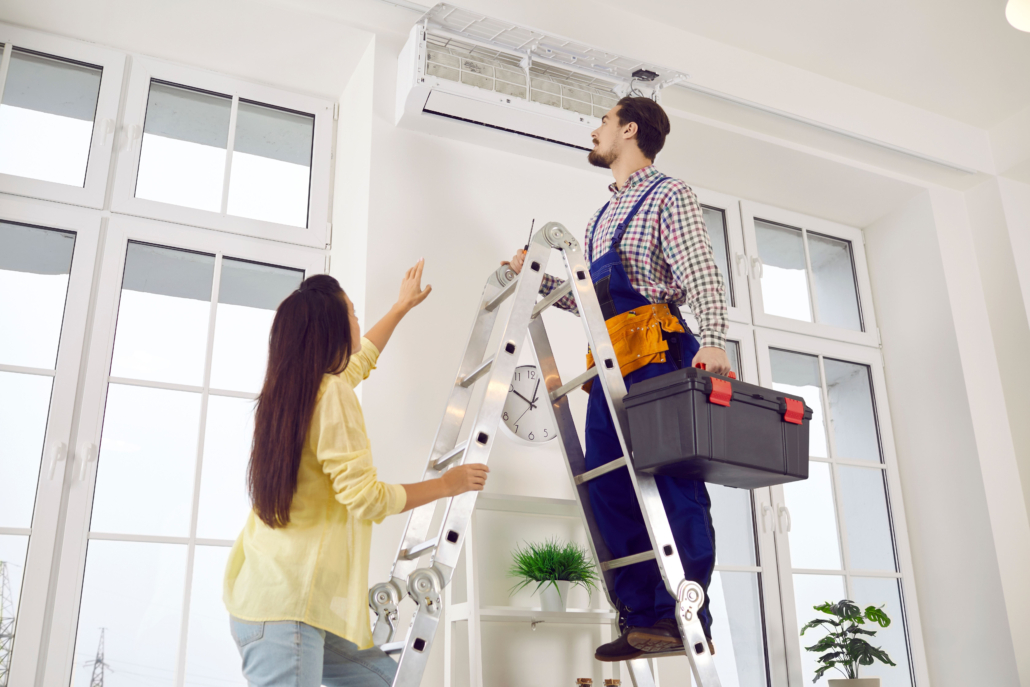


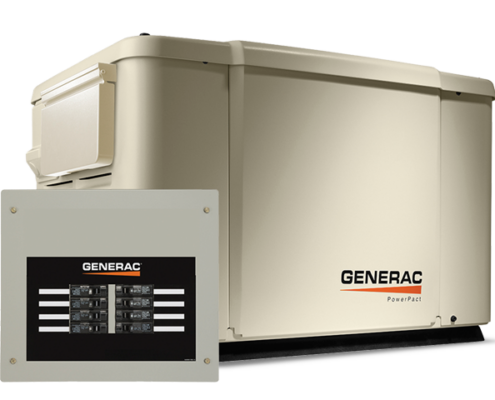


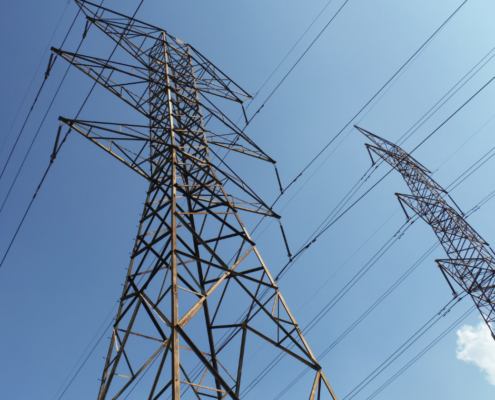

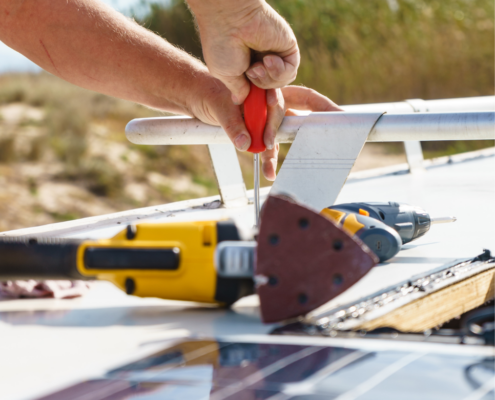
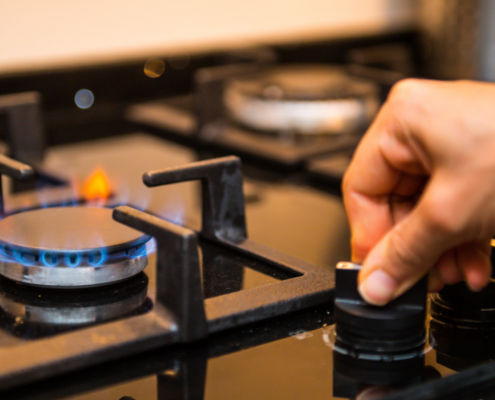
Trackbacks & Pingbacks
[…] treinado e certificado, é proibido brincar com fios elétricos. Reparações eleitorais requerem conhecimento especializado para entender todas as diferentes complexidades dos fios. Fazer trabalhos elétricos DIY sem […]
Leave a Reply
Want to join the discussion?Feel free to contribute!